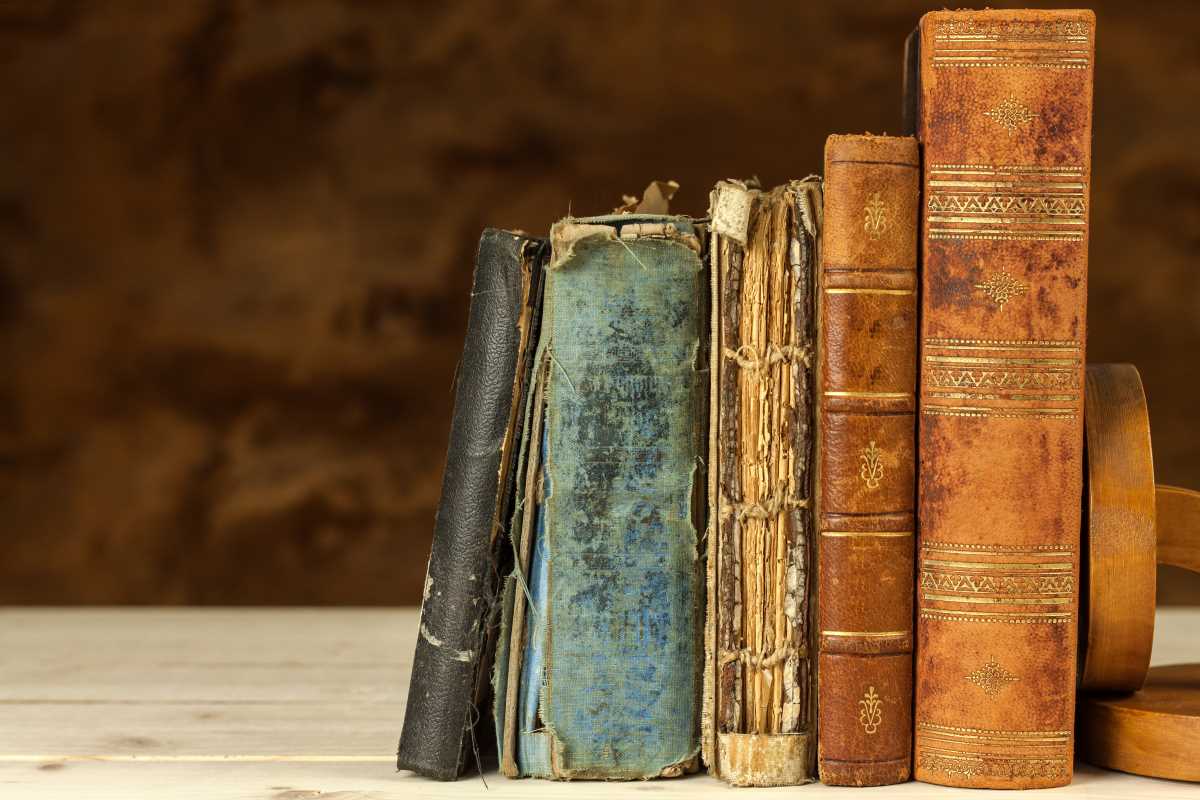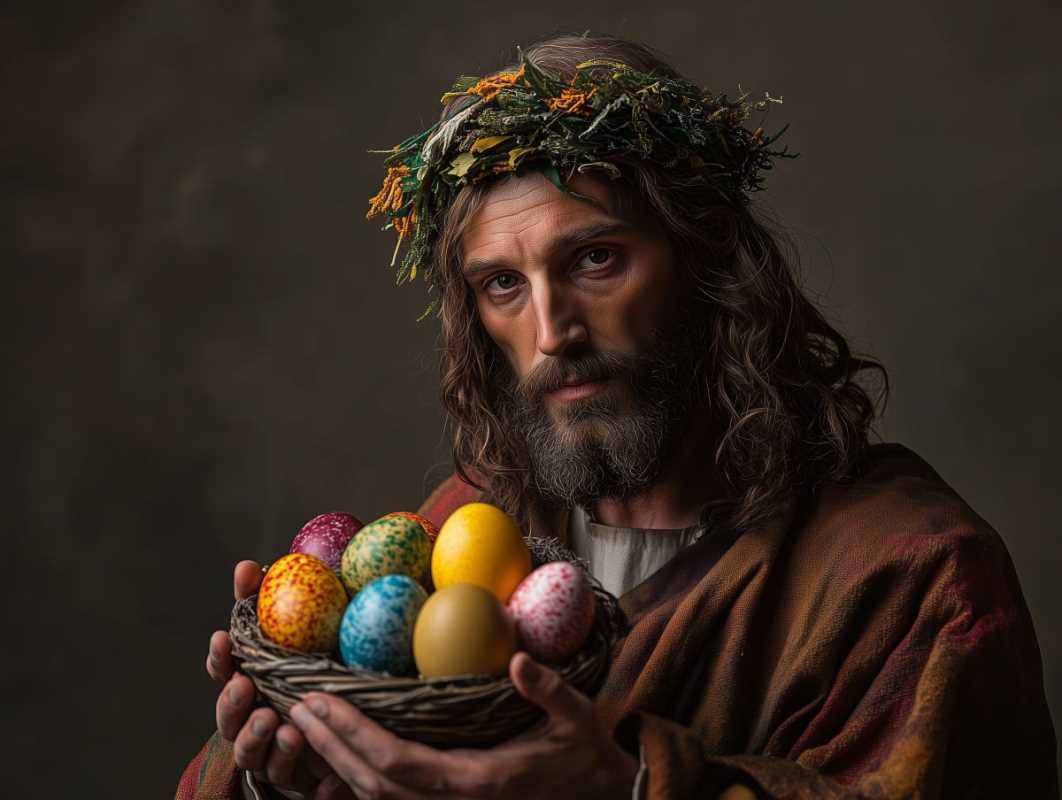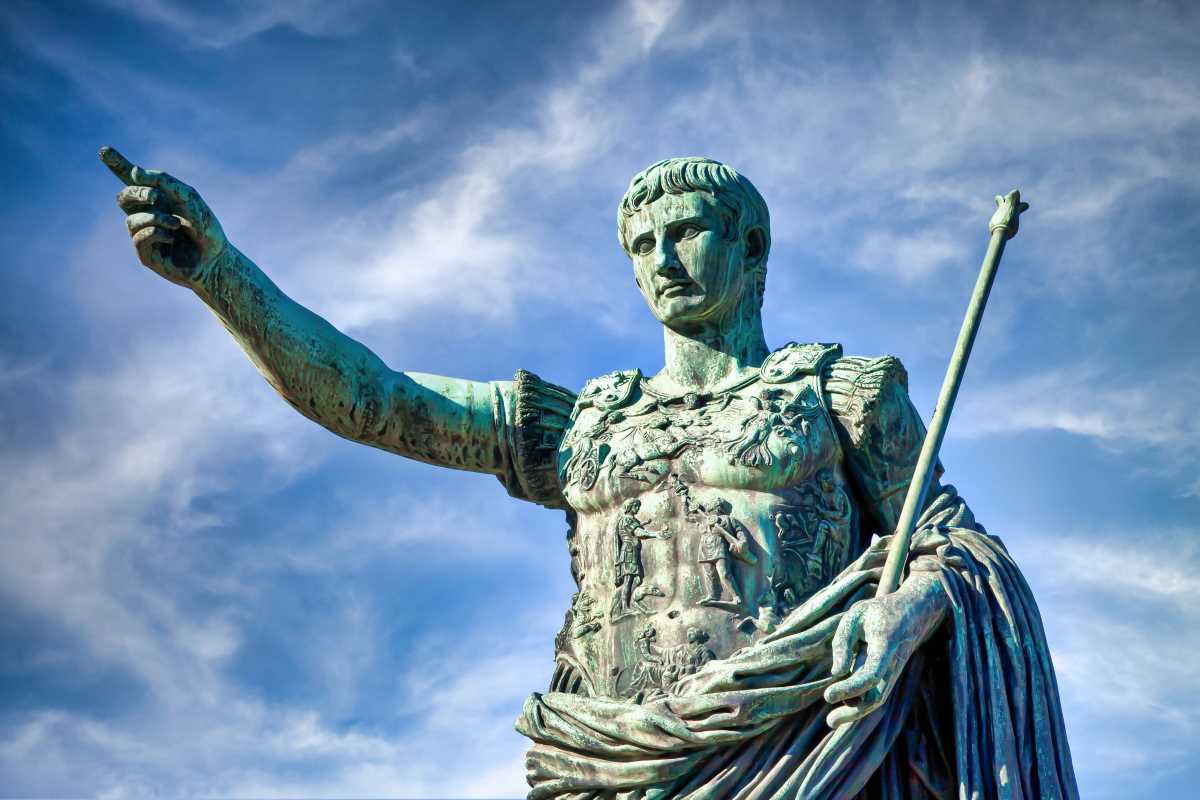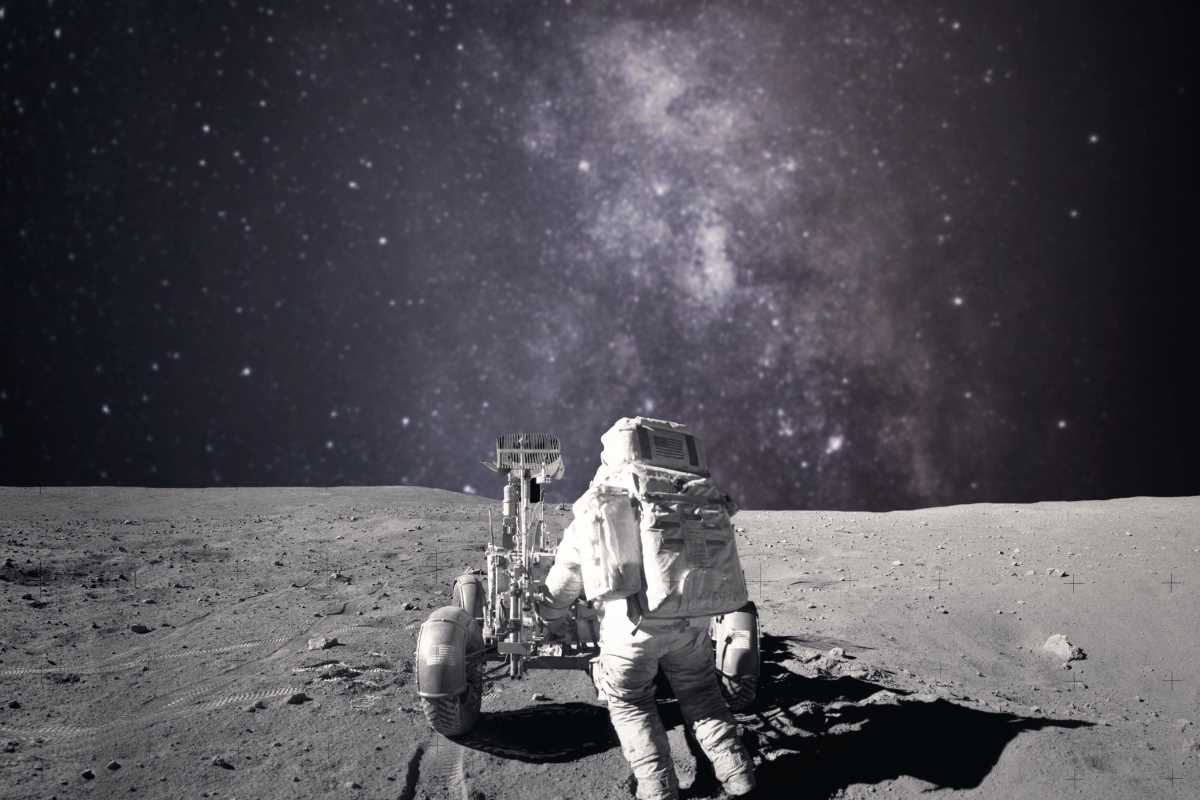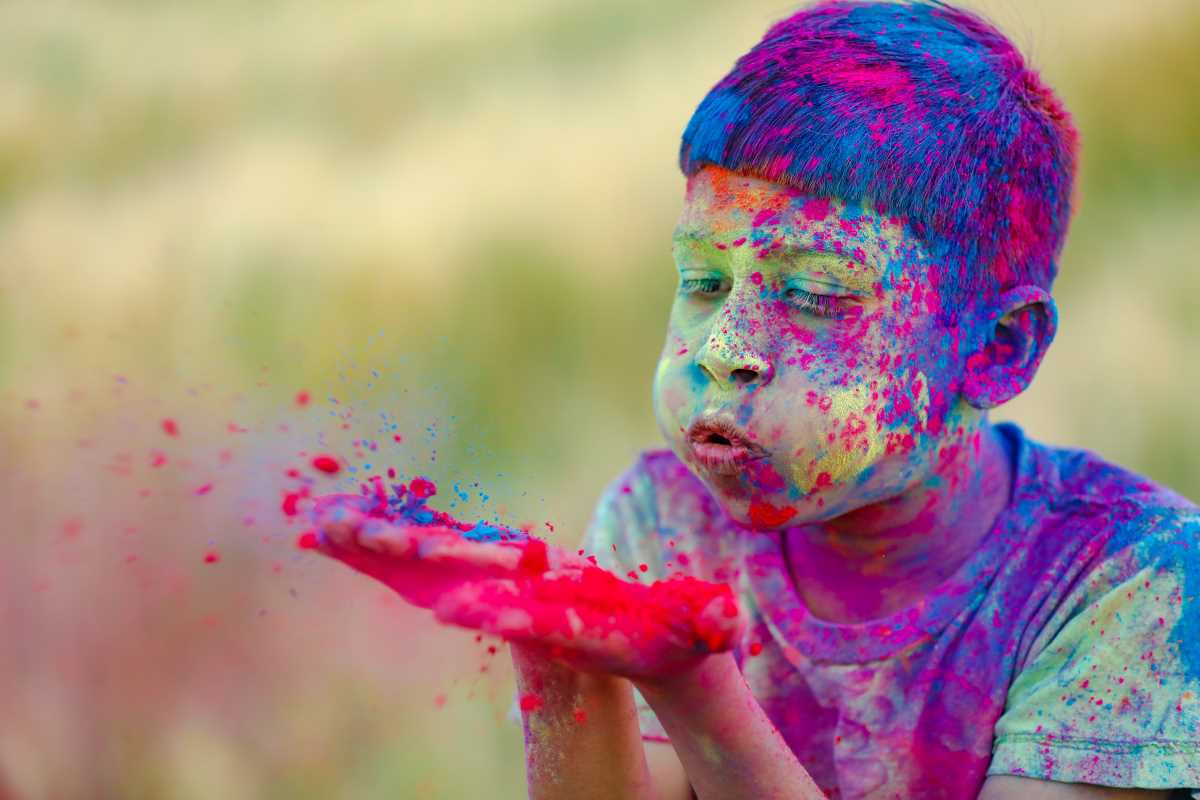Marriage stands as one of humanity’s longest-standing traditions, but the way societies define and celebrate it has varied greatly over time and across continents. From unions rooted in practicality to elaborate spiritual ceremonies, marriage customs often reflect the unique values, beliefs, and histories of the cultures that practice them. These traditions have served many functions, from securing alliances to continuing family legacies to honoring love. Some customs emphasize family unity, while others focus on individual partnership. Today, we're exploring how marriage has evolved across the globe, with a closer look at practices from Mesopotamia to India, Africa to Europe, and beyond. Along the way, we'll highlight these traditions' beauty and complexity.
Ancient Beginnings in Mesopotamia
The roots of formal marriage can be traced to ancient Mesopotamia, where unions were often practical arrangements designed to secure property, alliances, and heirs. While records indicate this practice dates back thousands of years, marriage contracts gained prominence by at least 2000 BCE as a legal tool to formalize relationships. These arrangements were less about love and more about family strategy.
A typical Mesopotamian marriage involved a legal contract between the groom’s family and the bride’s father, often specifying a bride price. This was not a "purchase" in the modern sense but a symbolic gesture of respect and gratitude. The bride’s father usually passed this gift onto his daughter, supplementing it with a dowry that would support her in her married life. If no children came from the union, laws under the Code of Hammurabi ensured the groom could reclaim the bride price.
The marriage ceremony itself combined both religious and legal elements. During the ritual, the groom often veiled the bride and declared, "She is my wife," in front of witnesses. The primary focus was ensuring stability and social order.
Asia’s Varied Wedding Traditions
Asia, as one of the world’s most culturally rich regions, offers a treasure trove of marriage customs, many of which continue to thrive today. Take Hindu weddings, for example. Rooted in Vedic traditions, they center around the saptapadi, or seven steps. During this ritual, the couple walks around a sacred fire, symbolizing promises to support each other in all aspects of life from health to prosperity to spiritual growth. This is predominantly practiced across northern India, but southern regions often have their variations, such as four steps to align with the principles of righteousness (dharma), prosperity (artha), love (kama), and liberation (moksha).
Japan's Shinto weddings similarly honor ancient spiritual beliefs. These ceremonies involve offerings to the kami (spirits), symbolic rituals such as the sharing of sake, and the exchange of vows. However, modern Japanese weddings often incorporate Western elements, such as white gowns and bouquets, alongside these traditional customs. This blending of old and new showcases how marriage evolves over time without losing its cultural roots.
Meanwhile, in China, traditional marriages have long reflected the importance of family. Historically, arranged marriages the norm, often facilitated by matchmakers. Symbols like the hongbao (red envelopes) and intricate banquets emphasized prosperity and unity. Many modern Chinese couples now marry for love, but family approval and connection remain deeply ingrained values.
Africa’s Focus on Community
Across the diverse cultures of Africa, marriage is often seen as more than the union of two individuals; it brings together entire families or even communities. Bride price, a tradition across the continent, is sometimes misunderstood as "purchasing" a bride. However, in many societies, it functions as a gesture of respect, gratitude, and goodwill between families. This custom may include offering cattle, money, or other goods.
For example, among the Zulu people of southern Africa, the groom traditionally presents lobola (bride price) as a symbol of the families' new bond. The Maasai people of Kenya and Tanzania hold lavish wedding ceremonies filled with dancing, singing, and blessings from elders. Here, the bride wears elaborate beadwork, each piece rich with cultural and symbolic meaning.
Some African cultures historically embraced polygamous marriage, such as the Fulani people of West Africa, who viewed it as a symbol of wealth and social status. Not all regions or tribes practiced these customs uniformly, though. Modern Africa has seen shifts in marriage traditions due to urbanization and globalization, with couples often blending traditional practices with contemporary influences.
Europe’s Path from Practicality to Romance
European marriage customs have long intertwined practicality and love, with the balance shifting over centuries. During the Middle Ages, arranged marriages were common among the aristocracy, serving to secure political alliances and landholdings. For example, a nobleman marrying a neighboring lord’s daughter could mean peace between two territories.
Marriage laws in Europe became more structured with the rise of the Catholic Church. By the 12th century, the Church had established marriage as a religious sacrament. Among the wealthy, weddings involved dowries and elaborate feasts, reinforcing the economic significance of the union.
By the 19th century, the Romantic movement reshaped perceptions of marriage. Personal choice and love began influencing unions more heavily, especially in Western Europe. The tradition of wearing white wedding dresses, for example, became widespread following Queen Victoria’s 1840 wedding. Symbolizing purity and unity, her choice set a trend that persists to this day.
Indigenous and Colonial Influences in the Americas
Indigenous cultures of the Americas have long held unique marriage customs that emphasize harmony with nature and community. Among the Navajo people of North America, weddings are sacred ceremonies grounded in spiritual balance. The couple often faces the four sacred directions as elders perform rituals, connecting them with the natural world.
The Mayans of Central America viewed marriage as a community affair. Shamans performed the unions, blending spiritual and practical elements. Families played pivotal roles in guiding the couple toward a stable and harmonious life.
Colonization dramatically altered these traditions, often supplanting or blending them with European practices. However, many Indigenous communities across the Americas are revitalizing their marriage customs to honor and preserve cultural heritage.
Marriage Today: Blending Traditions with Modernity
Today’s marriage customs reflect a world in flux. Traditional practices persist in many regions, but modernization and globalization continue to shape new ways of celebrating unions. Arranged marriages thrive in countries like India, often balancing tradition with individual choice. Cross-cultural marriages have introduced exciting combinations of customs, like an American-style vow exchange alongside traditional Nigerian attire at the same wedding.
The 21st century has also seen significant milestones in marriage equality. For example, the Netherlands became the first country to legalize same-gender marriage in 2001, paving the way for other nations to follow. This shift highlights how evolving laws and social norms redefine what marriage means in various contexts.
Even modern twists like destination weddings show how marriage customs evolve while still honoring the value of partnership and community. These weddings often blend local traditions and familial values into new and meaningful expressions.
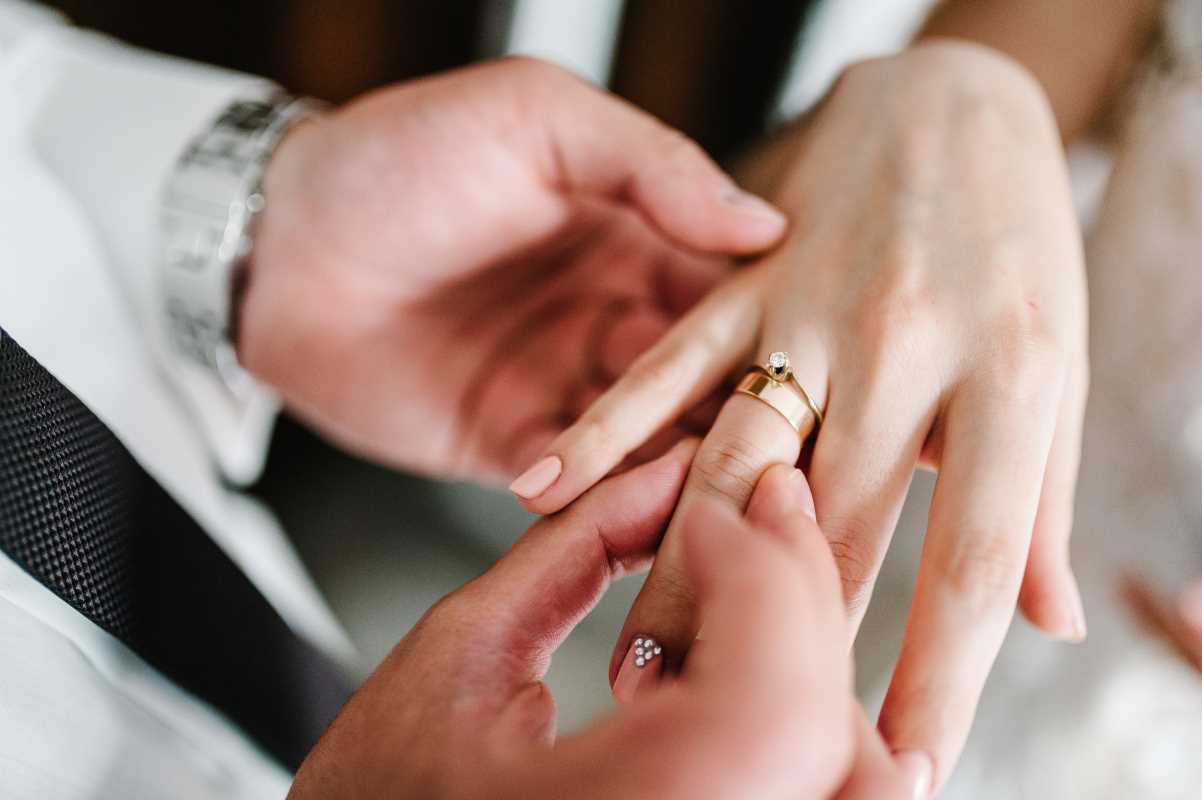 (Image via
(Image via